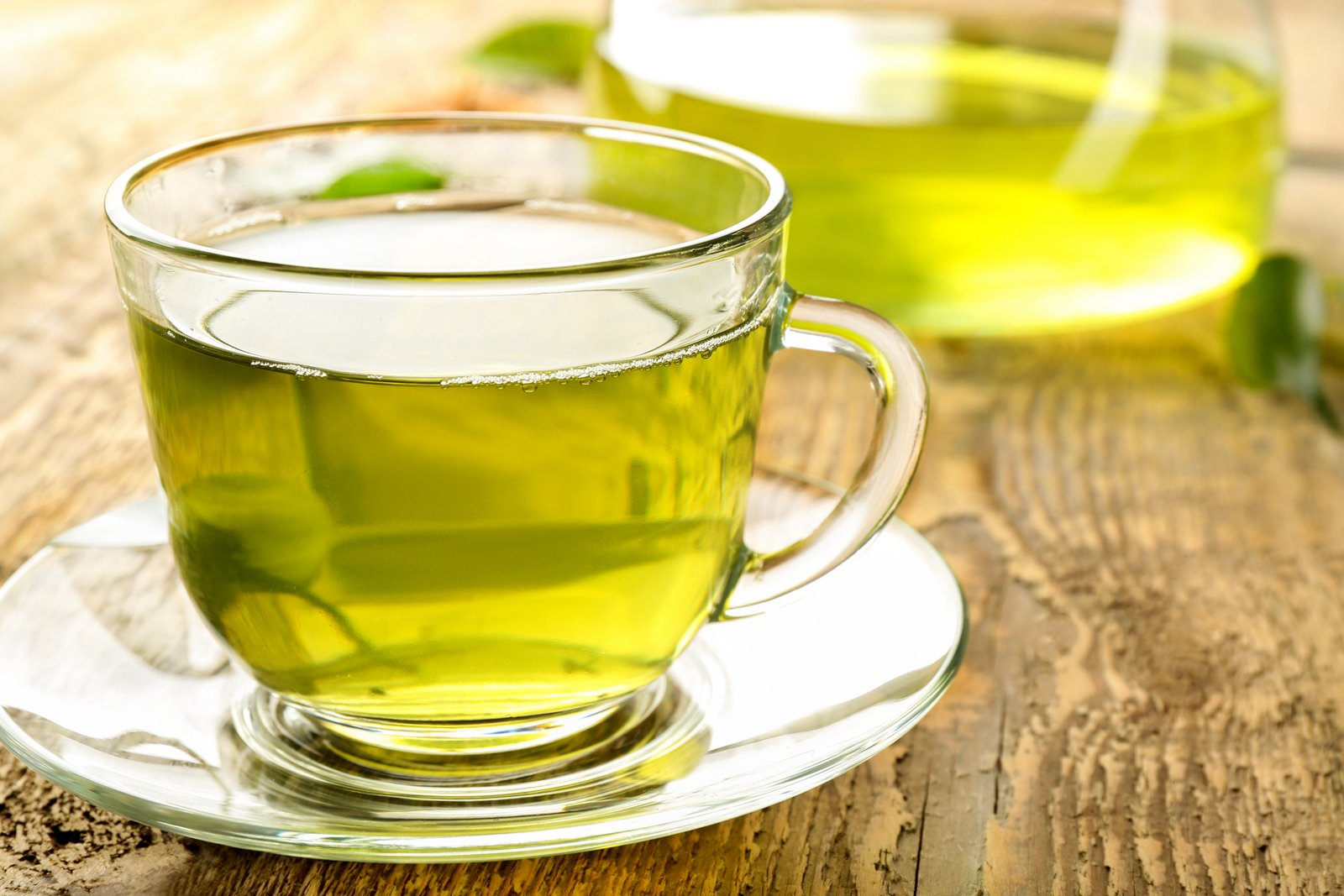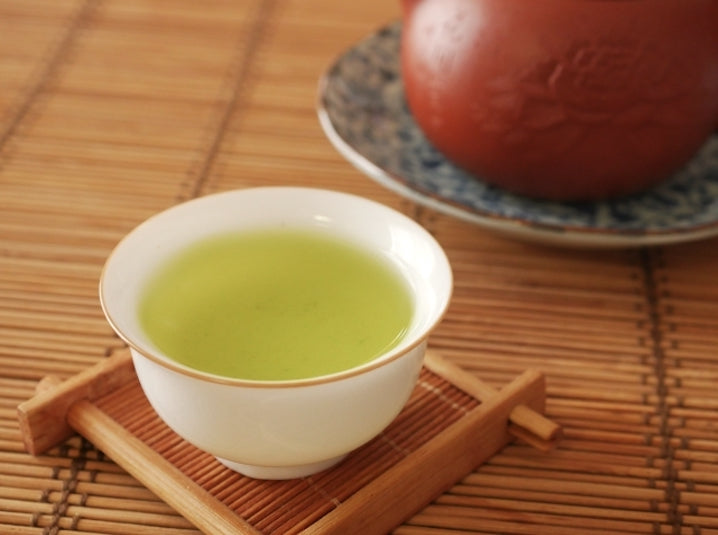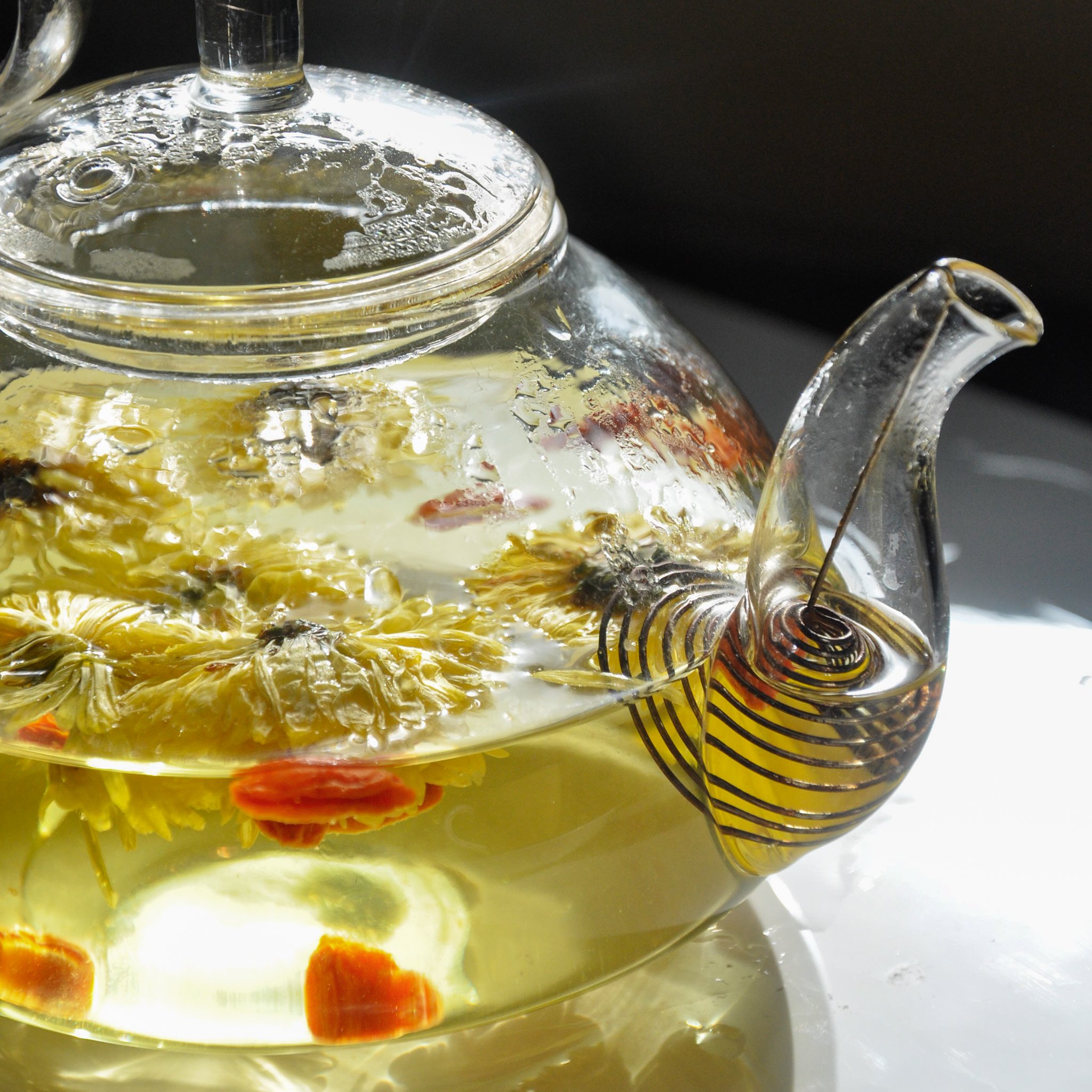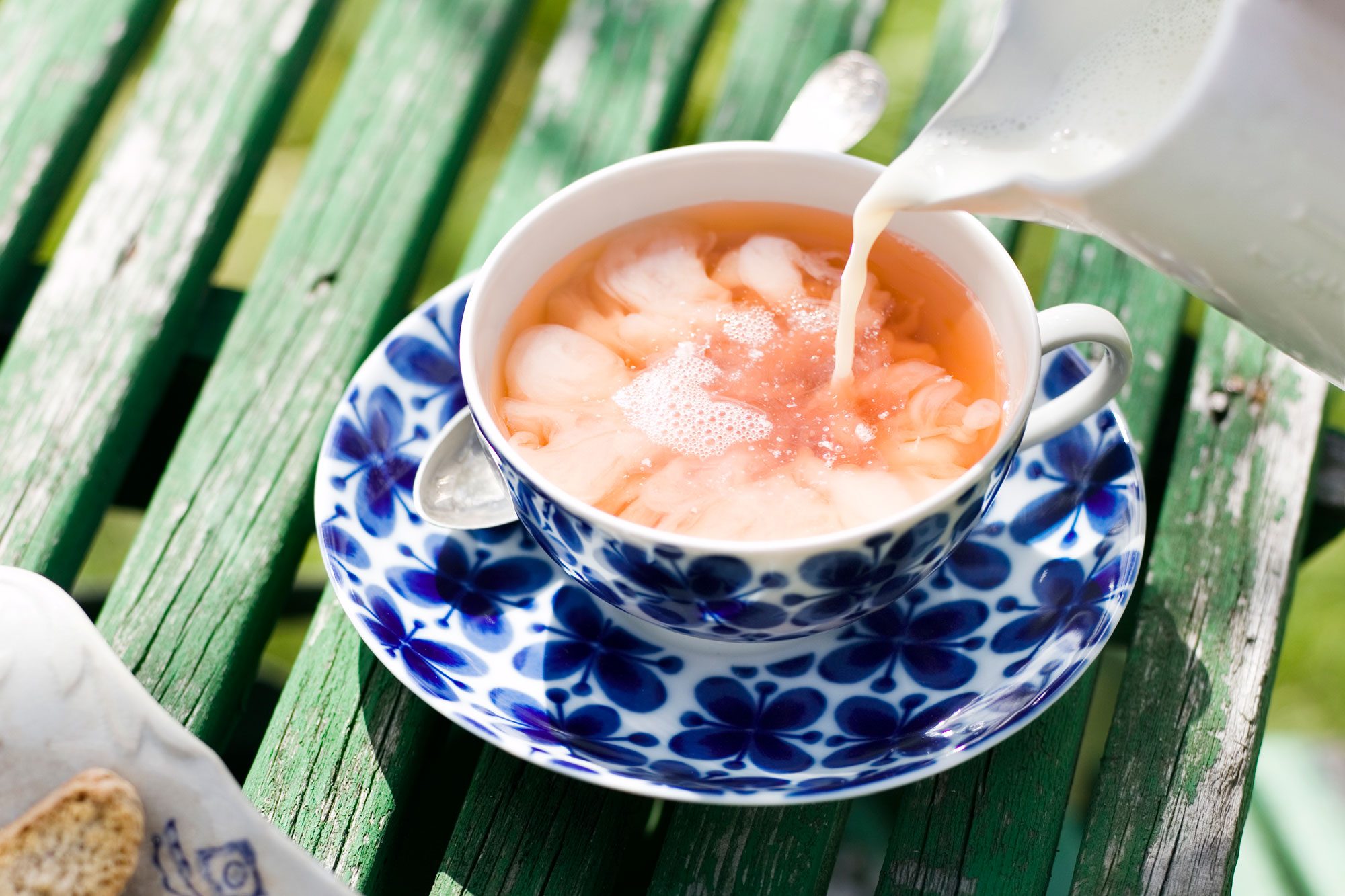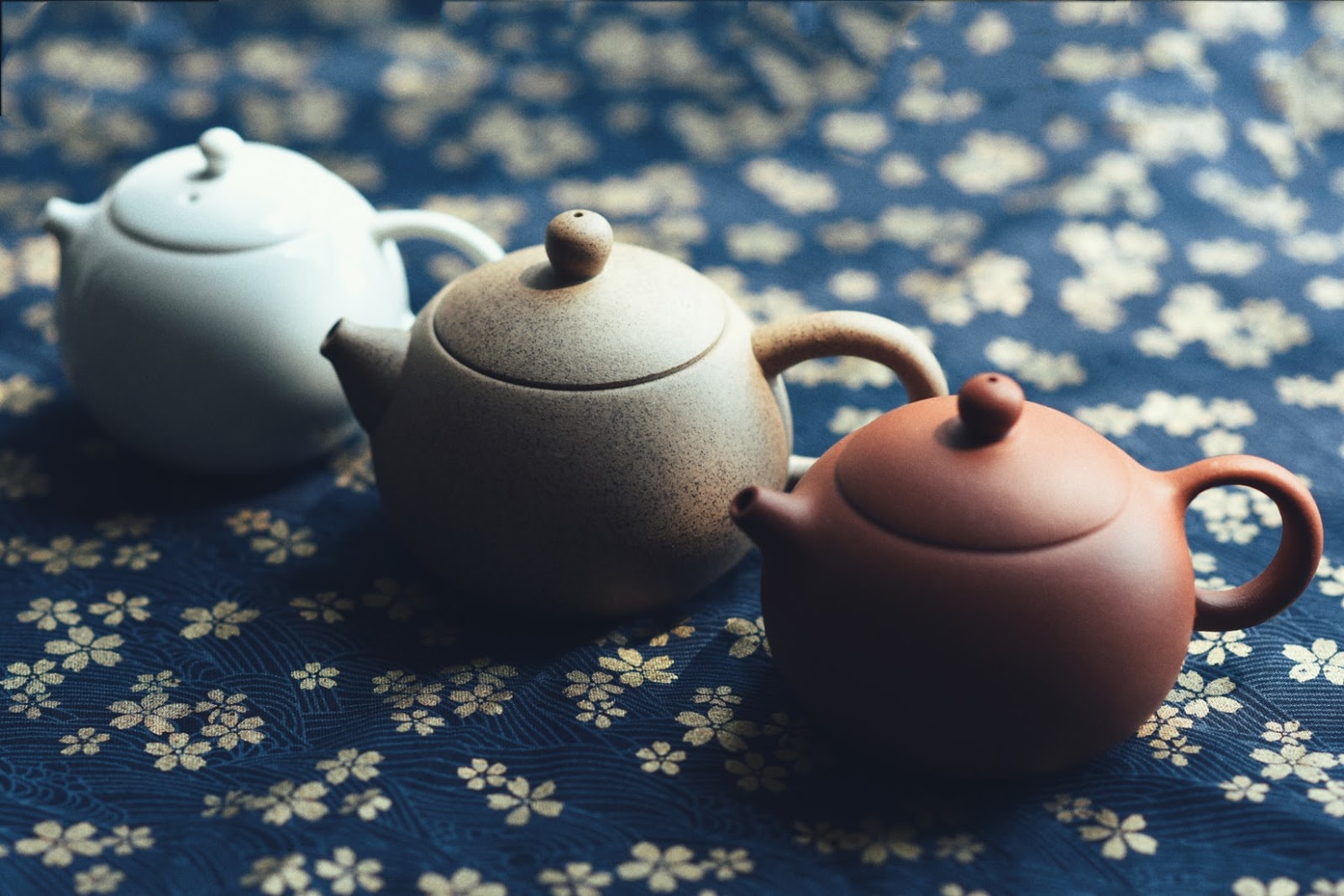Do you love the idea of drinking green tea for its health benefits but find the taste less than enjoyable? You’re not alone! One of the most common questions I’m asked at events is: “How can I make my green tea taste good?” The good news is that with a few easy tips and a little knowledge, you can transform your green tea into something you genuinely enjoy. Imagine reaping all the amazing health benefits of green tea without forcing yourself to endure the taste—it’s easier than you think!
Choosing the Right Green Tea for Your Palate
Not all green teas are created equal, and the flavor profiles can vary widely depending on their origin.
- Japanese Green Teas: These are known for their grassy, umami, and vegetal flavors. They’re perfect if you enjoy savory notes.
- Chinese Green Teas: The range is much broader here. Some teas have smoky or slightly bitter undertones, while others are light and vegetal.
To find the right tea for you, start by consulting a knowledgeable tea merchant. They can guide you based on your taste preferences. For more detailed insights into green tea production and varieties, check out resources or blogs from tea experts—or feel free to reach out for tailored advice. The key is experimenting to discover what suits your unique palate.
Mastering the Brewing Process
The way you brew your green tea has a massive impact on its flavor. Many people mistakenly use boiling water, which can leave green tea tasting bitter. Here are some tried-and-true tips to brew the perfect cup.
The Ideal Water Temperature for Green Tea
Temperature is everything when it comes to green tea. Most green teas should be brewed at a lower temperature than boiling—typically between 65°C and 85°C. Using water that’s too hot shocks the leaves, releasing bitter compounds and ruining the delicate flavors.
Start with the brewing temperature recommended on your tea’s packaging, then adjust it to suit your taste. The cooler the water, the smoother the tea will be. If you don’t have a temperature-controlled kettle, don’t worry! You can:
- Use a kitchen thermometer to check the water.
- Add a splash of cold water to the leaves before pouring in the hot water.
Choosing Quality Water
Since tea is essentially flavored water, the quality of your water matters just as much as the tea itself. Here are some guidelines:
- Freshly Drawn Water: Use fresh tap water or filtered water to avoid impurities.
- Avoid Reboiling: Always start with freshly boiled water, as repeatedly boiling it removes oxygen, leading to a flat taste.
- Don’t Microwave Water: This method heats unevenly and can strip the water of oxygen, negatively affecting the flavor.
Aim for water with a neutral pH (around 7). Spring water may sound ideal, but its environmental impact makes filtered tap water a better choice for most.
The Art of Steeping Green Tea
Successful steeping is about giving the leaves enough room to expand and infuse properly. Follow these tips for the perfect brew:
- Use the Right Equipment: Choose a teapot or infuser that allows the leaves to move freely.
- Timing Is Key: If the package suggests a steep time of 2-4 minutes, start on the lower end. Taste your tea after 2 minutes and every 30 seconds afterward until it’s just right.
- Reuse Your Leaves: Green tea leaves can be steeped multiple times, with each infusion offering new flavors. The second and third steepings often reveal softer, more nuanced notes.
- Golden Rule: If you prefer stronger tea, use more leaves—not longer steeping times, as over-steeping leads to bitterness.
Experiment with Naturally Flavored Green Teas
If you’re still not sold on the taste of plain green tea, consider trying blends infused with natural flavors like lemon, ginger, mint, or floral notes. These additions not only enhance the flavor but can also provide added health benefits. Drinking green tea doesn’t have to feel like a chore—it’s about finding what works for you!
Conclusion: Making Green Tea Delicious
Transforming green tea into a drink you enjoy is all about understanding its nuances. Choosing the right tea, brewing it with care, and experimenting with flavors can make all the difference. So next time you reach for a cup, try these tips and see how much better your green tea can taste. With a little effort, you’ll not only enjoy its health benefits but savor every sip!
